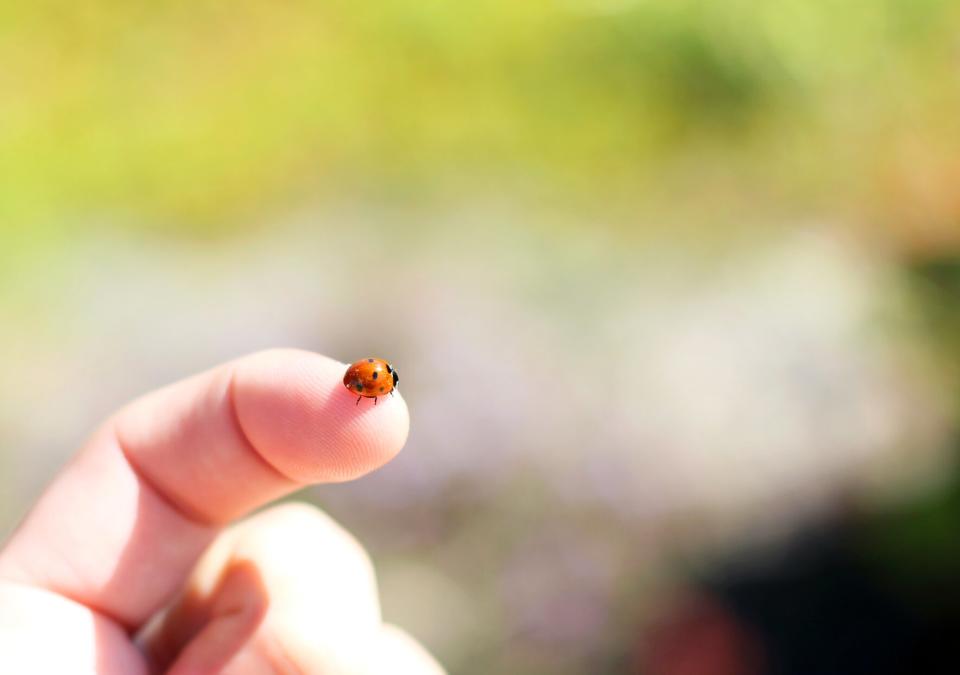How to Keep Ladybird Beetles—Better Known as Ladybugs—Out of Your House
Ladybird beetles—or ladybugs, as they are more commonly known—can be found in a variety of climates across the United States. They normally live in wooded areas, fields, and gardens—and are actually a beneficial insect to have around your yard, since they act as mini-exterminators. "They eat plant-damaging pests, like aphids, mealybugs, and others," says Michael D. Duncan, the national technical manager at pest-control company Truly Nolen of America. "When you find them in your home, according to folklore, they will bring you good luck." Luck aside, when they make their way into your interiors, they can cause a fair amount of trouble for homeowners. Fortunately, getting them back outdoors (for good!) is a fairly simple process, say our experts.
Related: How to Rid Your Garden of Common Summertime Pests

Erich Rau / EyeEm / Getty Images
Winter Ladies
Ladybugs will enter your home via cracks and crevices to over-winter, says Duncan. "They will cluster under clap-board siding, under windows, and under insulation." Just like humans, they're there to seek shelter from the harsh elements of winter. Since discovering a hoard of these insects probably won't make you feel very lucky, Duncan suggests removing the small swarm in a humane way. "If the ladybugs are a nuisance, you can get a box and punch plenty of small holes in it," he says. "Then, with a small brush, you can gently move them into the box for relocation."
Too Many to Count
Ladybugs seek out heat and moisture and are drawn to bright, well-lit places, explains Jeff King, the president of The Pest Rangers, which is why you often see them near your windows once they have made their way inside. "Ladybugs are a nuisance and often cause staining to interior paints in large numbers," he adds, noting that they can easily fly through a window screen. To keep them out, King suggests repairing any screen holes—and if they're already in your home, call a professional in mid-to-late August, when the nights get colder, but the days are still warm. "Performing an exterior treatment at this time would be very beneficial to controlling ladybugs around your home," he says. "Focus on areas they commonly enter, like under siding and soffits or around windows and doorways."
Beware of the Asian Lady Beetle
Homeowners often confuse traditional ladybugs with the Asian Lady beetle, notes Duncan. "This is a true pest and has been known to bite," he says. The easiest way to tell the two apart? Their coloration. "Asian lady beetles are brown-yellow in color and have a distinct white marking on their head," he says. "Unlike the red ladybug, this type will have a foul odor and will leave a yellow stain when crushed." Though they have key differences, both can be removed from your home in similar fashions.

